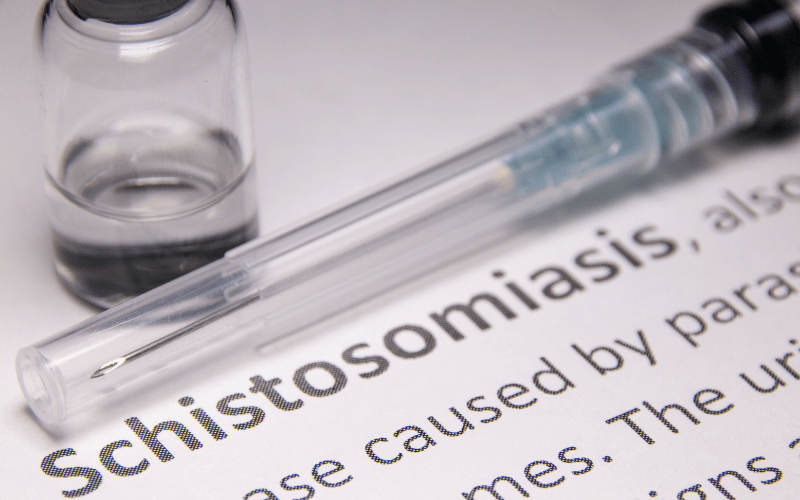Cause 7: Schistosomiasis

Schistosomiasis, a parasitic disease caused by Schistosoma worms, stands out in its global impact, particularly in tropical and subtropical regions. The disease is contracted through exposure to freshwater contaminated with the parasites’ larvae. The liver becomes involved when the worms lodge in the liver’s blood vessels, leading to inflammation and progressive damage over time.
The journey of Schistosomiasis is marked by its environmental roots, reflecting the intersection of health, ecology, and socio-economic factors. The risk is highest in areas with inadequate sanitation and limited access to clean water. The liver damage results from the body’s immune response to the worms’ eggs, leading to scarring and potential cirrhosis.
Addressing Schistosomiasis requires a combined effort of medical treatment, preventive measures, and socio-economic interventions. Antiparasitic medications are effective in treating the infection, while access to clean water, improved sanitation, and health education play crucial roles in prevention.
The significance of Schistosomiasis in the realm of liver cirrhosis is profound. It’s a disease that highlights the vital connections between our health, our environment, and our societal structures. As we tackle Schistosomiasis, the focus on comprehensive interventions, from medical treatment to infrastructural improvements, becomes increasingly clear, underlining our collective responsibility in addressing this global health challenge. (7)